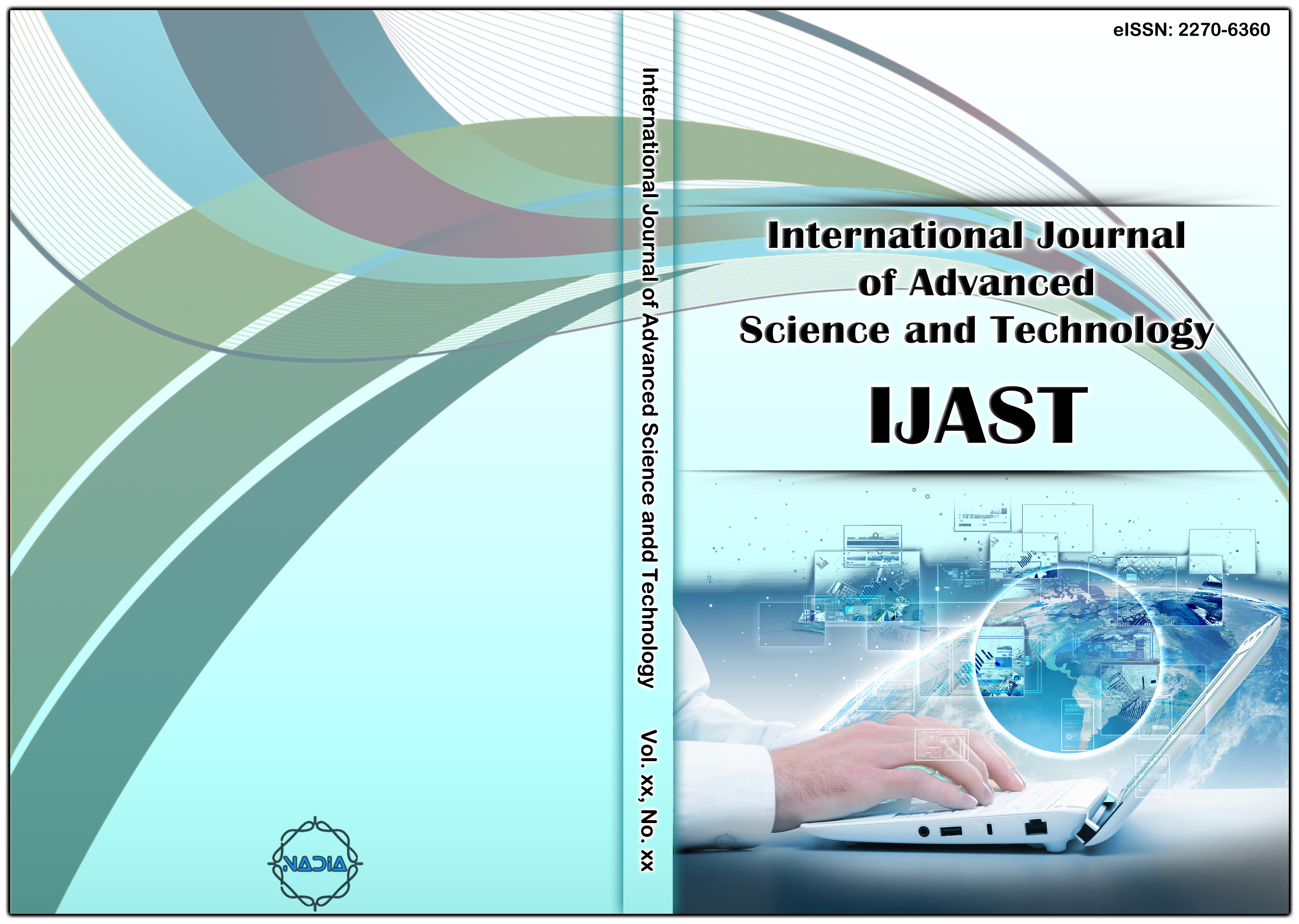[1] J. M. Wing, “Computational Thinking”, Communications of the ACM, vol. 49, no. 3, (2006), pp. 33-35.
[2] J. M. Wing, “Computational thinking and thinking about computing,” Philosophical transactions of the royal society of London A: mathematical, physical and engineering sciences, vol. 366, no. 1881, (2008), pp. 3717-3725.
[3] S. Yang, “Necessity of Computational Thinking. Korea Information Processing Society Magazine,” vol. 24, no. 2, (2017), pp. 4-12.
[4] X. Wang and H.-C. Kim, “Text Categorization with Improved Deep Learning Methods”, Journal of information and communication convergence engineering, vol. 16, no. 2, June (2018), pp. 106-113.
[5] D.J. Malan and H.H. Leitner, “Scratch for budding computer scientists,” SIGCSE Bulletin, vol.39, no.1, (2007), pp.223-227.
[6] J. Li, S.Y. Shin and H.C. Lee, “Text Mining and Visualization of Papers Reviews Using R Language”, Journal of Information and Communication Convergence Engineering, vol. 15, no. 3, September (2017), pp. 170-174.
[7] A. Elzamly, B. Hussin, S. S. A. Naser and Mohamed Doheir, “Classification of Software Risks with Discriminant Analysis Techniques in Software planning Development Process”, International Journal of Advanced Science and Technology, vol. 81, August (2015), pp. 35-48.
[8] G. Chandrika, “Study on Software Reliability and Reliability Testing”, Asia-pacific Journal of Convergent Research Interchange, vol. 1, no. 1, March (2015), pp. 7-20.
[9] S. H. Sung and P. Z. Khan, “Quantitative and Qualitative Approach for IT Risk Assessment”, Asia-pacific Journal of Convergent Research Interchange, vol. 1, no. 1, March (2015), pp. 29-35.
[10] S. M. Shin and Sk. Uroosa, “Predicting Software Reliability Using Particle SWARM Optimization Technique”, Asia-pacific Journal of Convergent Research Interchange, vol. 1, no. 3, September (2015), pp. 17-30.
[11] M. S. Srinivas and G. Pradeepini, “Feature Selection based Neural Networks for Software Defect Prediction”, International Journal of Security Technology for Smart Device (IJSTSD), vol. 1, no. 1, April (2014), pp. 7-12.
[12] J. Tae, “Development of STEAM Education Program Utilizing IoT Teaching Aid for Middle School Students and Its Application”, International Journal of Computer Science and Information Technology for Education (IJCSITE), vol. 2, no. 1, May (2017), pp. 15-20.
[13] J.-H. Eom, “Problems and Improvement of the Curriculum for Effective Cyber Security Education and Training”, Journal of Security Engineering, vol. 12, no. 4, (2015), pp. 337-350.
